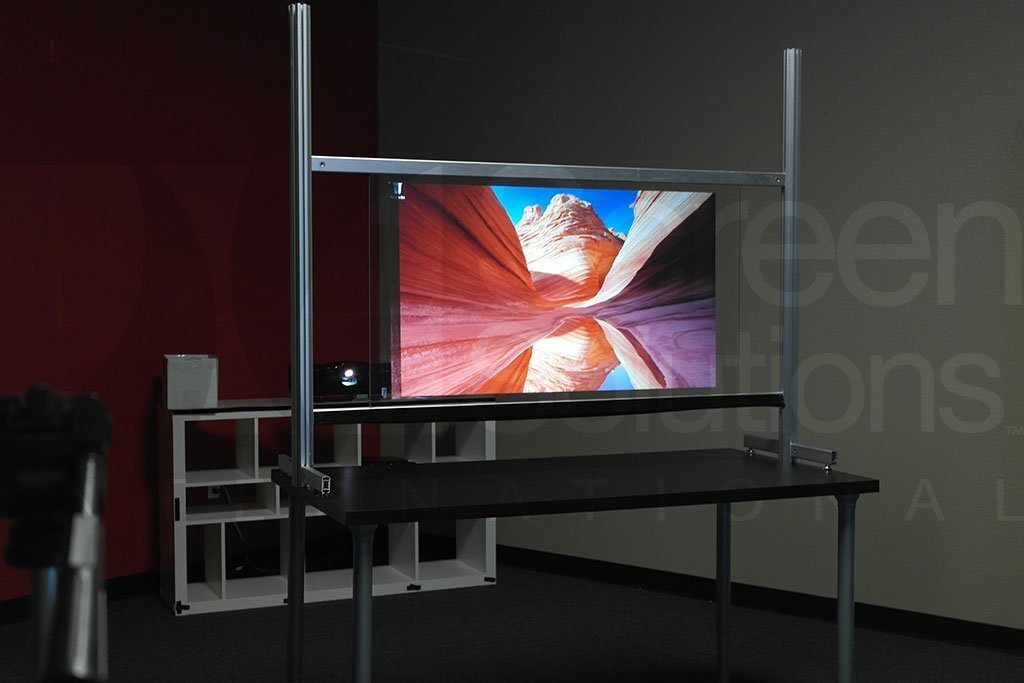
When it comes to digital display technology, not all devices are created equally. The effectiveness of a TV or projector usually comes down to the quality of the picture being presented. Brightness is an important factor, and two terms you should know to look for are nits and lumens. These two terms are the way in which people refer to how bright the image will appear based on the device they are using.
Nits are measured by how much light from the TV goes directly into your eyes in any given direction. This will be represented on a surface-per-unit area basis, and the standard measurement of luminous output is one candela per square meter (cd/m2). A standard home TV will put out roughly 100-200 nits. However, a commercial grade monitor is much higher. Standard models regularly put out 400 nits, and a high-bright monitor can put out anywhere between 2000 to 2500 nits! The number of nits becomes more important depending on how uncontrolled your lighting conditions are. If you plan on running a display in a location with a high amount of ambient light, a high-bright monitor may be your only realistic option.
Lumens are simply the amount of light emitted per second by a projector. When you are talking about lumens, you are describing the amount of light output in ANSI (America National Standards Institute) lumens. The minimal output that a standard home theater projector uses is between 1,000 and 2,500 ANSI lumens. Higher quality projectors can use (in some cases) over 6,000 lumens. The same principle applies here for lighting conditions: if the lighting is bad, make sure to have more lumens.
There is a difference, though, between a nit and a lumen when compared side by side. The intensity of light is measured in a different way for each. A single nit actually gives off more light than a single lumen, and is equal to about 3.424 ANSI lumens. In other words, a projector has to have roughly three times as many lumens as a TV has nits in order to give off the same amount of light. Always make sure to keep this in mind when deciding how to run your digital display!
